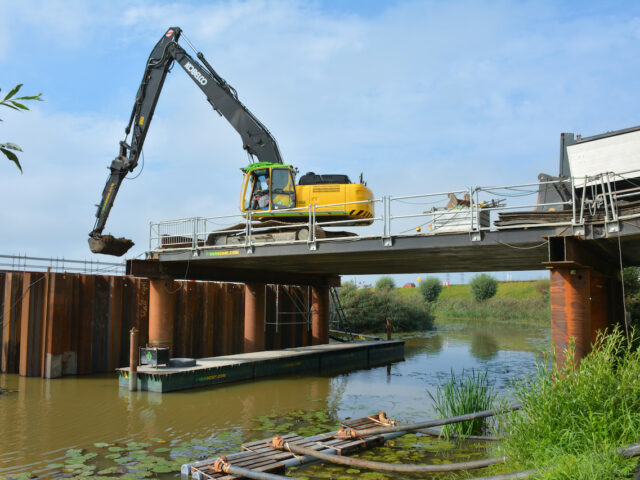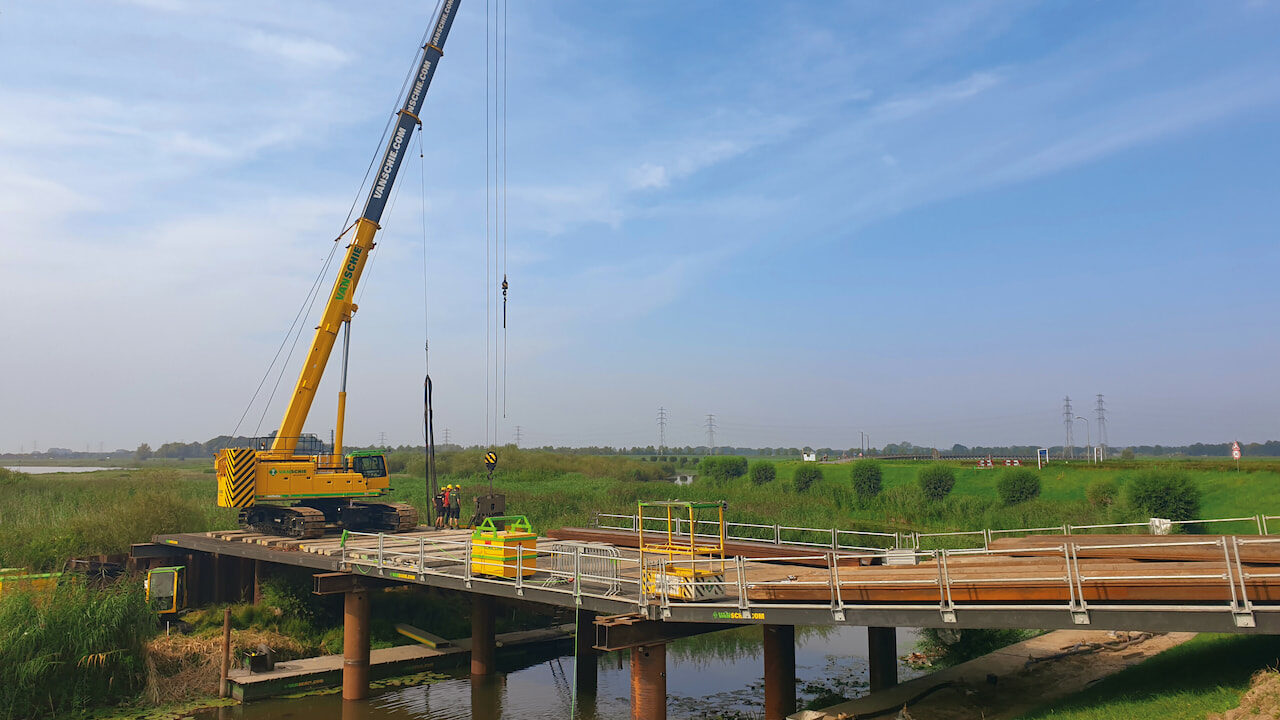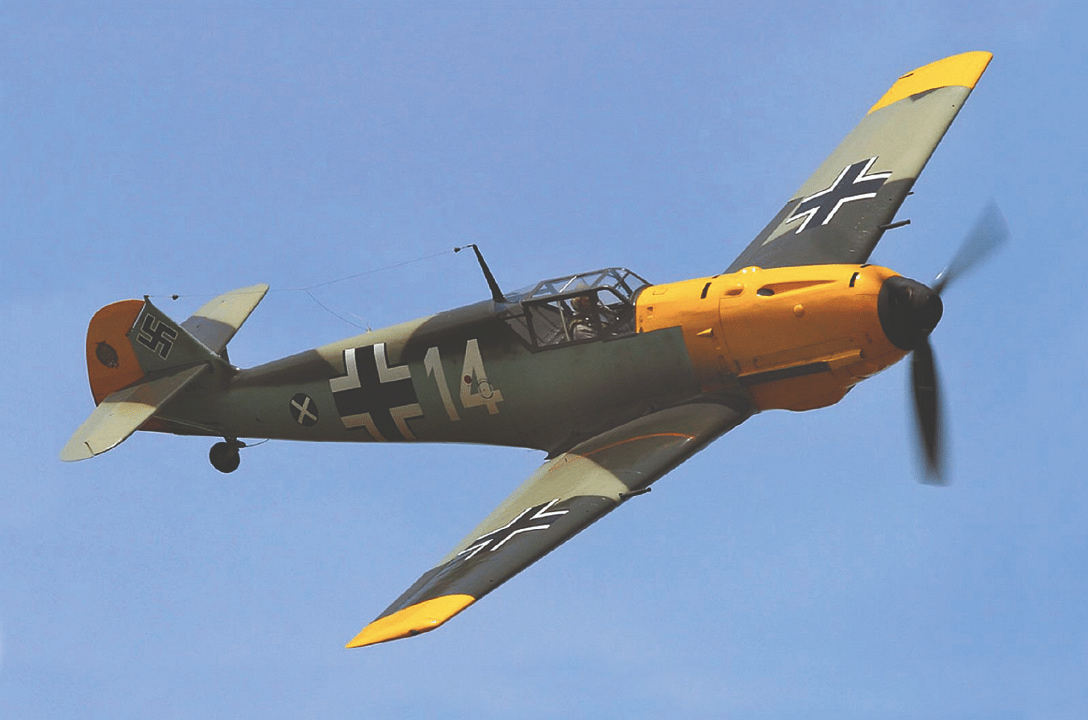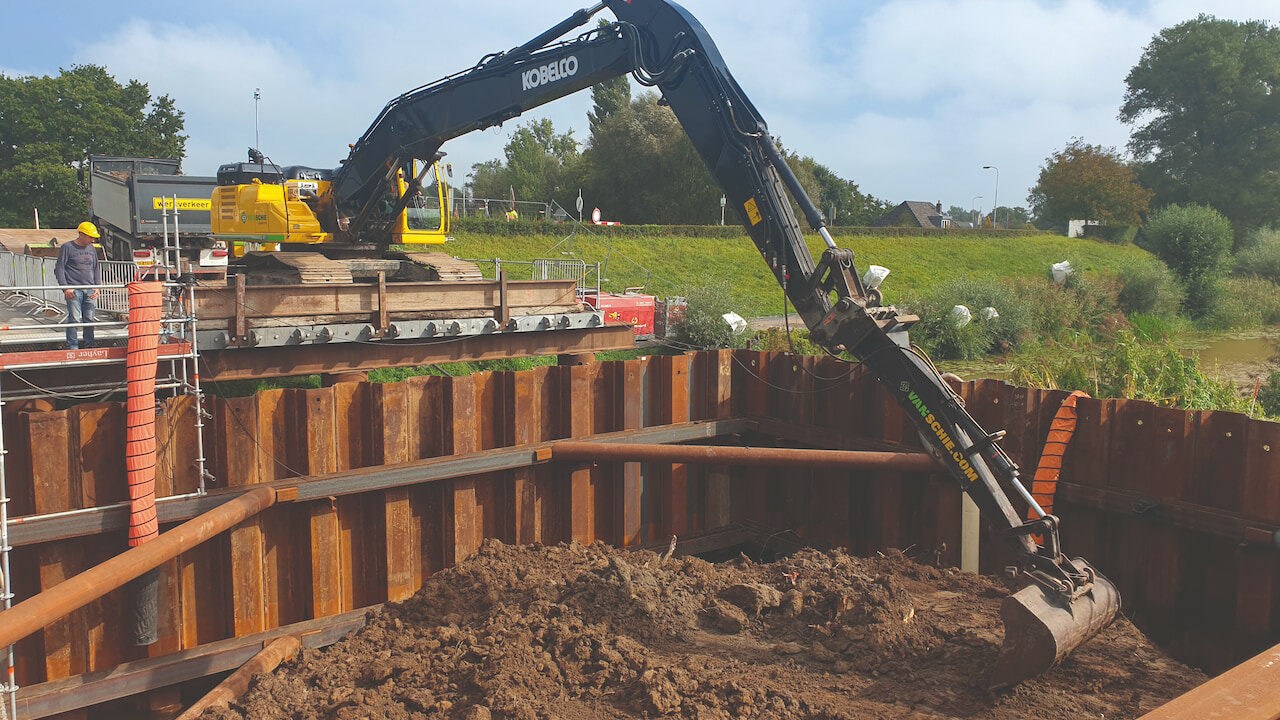The wreckage of this aircraft still lies deep underground. That the remains are being recovered now is because it is suspected that the remains of the missing pilot are still present in the wreckage.
At the time, the Messerschmitt B-109 was the most produced fighter aircraft ever. The 9-meter-long aircraft was enormously maneuverable, flew at a speed of 698 km/h and had a range of 850 km. On the day of the crash in Veessen, the Germans lost remarkably many BF-109 aircraft. In a few hours as many as 25 of these fighters perished.
That so many were shot down in one day had a reason. Because the German bombers were easy prey for British fighters, the German fighter pilots were ordered that day to defend their own bombers at close range instead of hunting themselves. In doing so, they forfeited their important assets, namely: speed, altitude and maneuverability. Much to the frustration of the pilots, they now had to watch with sorrow as they themselves were attacked by this ‘tactic’ and subsequently crashed. So did the pilot near Veessen, on the banks of the lJssel.





